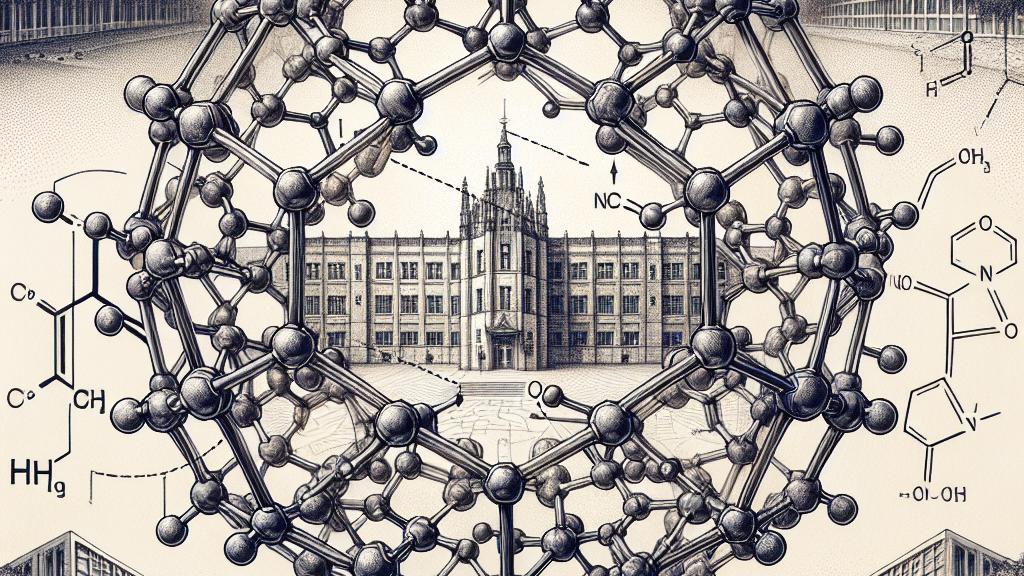Advancements in 3D Molecule Synthesis for Drug Development
Overview
- A pioneering team at the University of Münster has successfully synthesized stable heteroatom-substituted cage-like 3D molecules, potentially transforming the landscape of drug design.
- These ingenious molecular structures exhibit remarkable durability compared to conventional aromatic rings, which are often plagued by instability in pharmaceutical applications.
- By employing innovative light energy techniques for precise atom insertion, this research introduces exciting new possibilities for creating effective drug therapies.

Innovative Molecules from Germany
In the heart of Germany, a groundbreaking initiative at the University of Münster has resulted in the creation of stable, three-dimensional molecules that could revolutionize the field of drug development. Spearheaded by Professor Frank Glorius, this research team has produced heteroatom-substituted cage-like 3D structures that are not merely academic milestones. They signify a substantial advancement in the quest for effective treatments. Traditional flat aromatic compounds—widely used in pharmaceuticals—often suffer from instability, which can compromise their therapeutic efficacy. In contrast, the novel cage-like structures provide enhanced stability and reliability, making them invaluable for therapeutic applications across a broad spectrum of medical fields.
The Chemistry Behind 3D Molecules
The remarkable synthesis of these innovative molecules hinges on the clever use of a highly reactive compound called bicyclobutane. This significant advancement unfolds through a sophisticated process incorporating light energy to initiate chemical reactions effectively. Through this method, researchers insert essential atoms, including nitrogen and oxygen, into the frameworks of these molecules. Imagine the transformative potential of integrating heteroatoms; it yields unprecedented structural diversity that surpasses traditional benzene derivatives in complexity and utility. This meticulous control over molecular composition doesn't merely enhance stability; it unlocks a treasure trove of opportunities for drug innovation, laying the groundwork for future therapies that could address a myriad of health challenges.
Implications for Drug Discovery
The implications of this trailblazing research for drug discovery are nothing short of revolutionary. Historically, the drug design process has navigated a myriad of obstacles, particularly concerning the stability of flat rings. This instability often leads to ineffective treatments that can present significant side effects. However, with the advent of these cage-like 3D molecules, a remarkable solution emerges. Picture a future where drug candidates boast higher selectivity, improved efficacy, and reduced toxicity—all thanks to these innovative structures. This advancement doesn't just streamline the drug development pipeline; it fuels optimism for enhanced therapies that can better tackle complex health issues. The work of these researchers at the University of Münster serves as a beacon of hope, illuminating a path toward a new era in pharmaceutical science, where effective treatments are not just a possibility but a promise.

Loading...